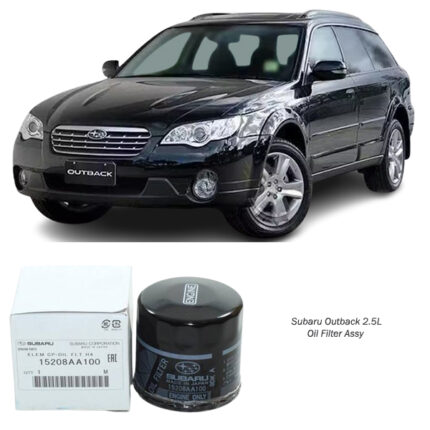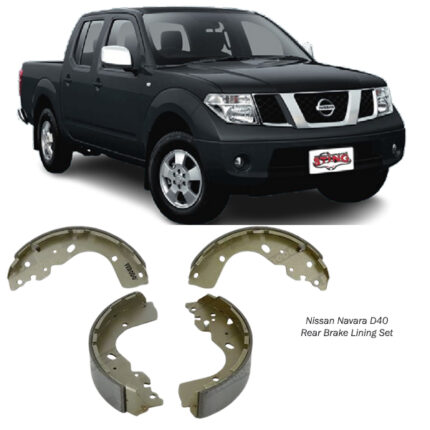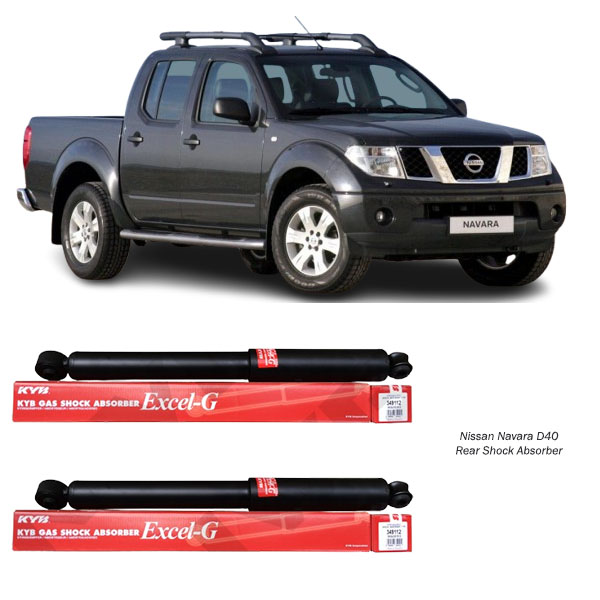-9%
Get Nissan Navara D40 Rear Shock Absorber Assy 349112 in Kenya
The Rear Shock Absorber Assembly is one of the most essential components of your vehicle’s suspension system. It plays a crucial role in absorbing road shocks, maintaining stability, and ensuring a comfortable ride. Whether you’re driving on city roads 🏙️, rough terrains 🏔️, or highways 🛣️, shock absorbers keep your car from bouncing excessively and improve overall control.
In this guide, we’ll cover everything you need to know about rear shock absorbers, including their function, types, symptoms of failure, replacement process, and maintenance tips.
What is a Rear Shock Absorber and How Does It Work? 🔄🛠️
A shock absorber (damper) is a hydraulic device that controls the up-and-down motion of the vehicle’s suspension. It reduces vibrations and impact forces by converting kinetic energy into heat energy, which is then dissipated through hydraulic fluid.
Key Functions of a Rear Shock Absorber:
✔️ Dampens Road Impacts – Absorbs shocks from bumps, potholes, and rough surfaces.
✔️ Improves Ride Comfort – Minimizes vibrations, keeping the ride smooth.
✔️ Enhances Stability & Control – Reduces excessive bouncing, ensuring better handling.
✔️ Supports Tire Traction – Keeps tires in contact with the road for improved grip.
✔️ Prevents Uneven Tire Wear – Reduces excessive movement that can lead to abnormal tire wear.
Types of Rear Shock Absorbers ⚙️🔎
There are different types of shock absorbers, each designed for specific driving conditions and vehicle types.
1️⃣ Twin-Tube Shock Absorbers 🛞
-
Most common type.
-
Contains an inner tube (pressure tube) and an outer tube (reserve tube).
-
Hydraulic fluid moves between the tubes to control suspension motion.
✔️ Pros: Affordable, reliable for daily driving.
❌ Cons: Less durable for heavy-duty or off-road conditions.
2️⃣ Monotube Shock Absorbers 🔧
-
Single tube design with gas and oil separated by a floating piston.
-
Provides better heat dissipation and faster response.
✔️ Pros: Superior performance, ideal for sporty driving.
❌ Cons: More expensive than twin-tube shocks.
3️⃣ Gas-Charged Shock Absorbers 💨
-
Uses nitrogen gas to prevent oil foaming (which reduces damping efficiency).
-
Common in modern vehicles for improved stability and performance.
✔️ Pros: Reduces fade, offers better handling.
❌ Cons: Slightly stiffer ride compared to oil-filled shocks.
4️⃣ Coilover Shock Absorbers 🔄
-
Combines a shock absorber and coil spring in a single unit.
-
Common in performance cars and off-road vehicles.
✔️ Pros: Adjustable ride height and damping settings.
❌ Cons: More expensive and requires professional installation.
5️⃣ Electronic & Adaptive Shock Absorbers 📡
-
Uses sensors to automatically adjust damping based on road conditions.
-
Found in luxury and high-performance vehicles.
✔️ Pros: Provides the best ride quality and handling.
❌ Cons: High cost and complex repair process.
Symptoms of a Worn-Out Rear Shock Absorber 🚨⚠️
Over time, shock absorbers wear out and lose their ability to control suspension movement. Here are some common signs of failure:
1️⃣ Excessive Bouncing 🔄
If your car bounces multiple times after hitting a bump, the shocks are likely worn out.
2️⃣ Leaking Fluid 💦
If you notice oil leaks near the shock absorbers, it’s a sign that the seals are damaged.
3️⃣ Uneven Tire Wear 🛞
Worn-out shocks cause excessive tire movement, leading to irregular tire wear patterns.
4️⃣ Poor Handling & Stability 🏎️
If your car feels unstable while cornering or braking, the shocks may no longer be effective.
5️⃣ Longer Braking Distance 🚦
Faulty shock absorbers can increase braking distance, reducing overall safety.
6️⃣ Knocking or Clunking Noise 🔊
A rattling or clunking noise from the rear suspension may indicate a worn-out shock or loose mounting hardware.
Causes of Rear Shock Absorber Failure 🔍
❌ Rough Road Conditions – Continuous driving on bad roads accelerates wear.
❌ Corrosion & Rust – Exposure to moisture, salt, and dirt can weaken the shocks.
❌ Overloading – Carrying excessive weight strains the suspension.
❌ Lack of Maintenance – Ignoring regular inspections can lead to premature failure.
How to Replace a Rear Shock Absorber 🔧🛠️
Tools Needed:
✅ Jack & Jack Stands – To lift the vehicle.
✅ Socket Wrenches – To remove bolts and nuts.
✅ New Shock Absorbers – Ensure the correct fit for your vehicle.
✅ Penetrating Oil (WD-40) – Helps loosen rusted bolts.
Step-by-Step Replacement Guide:
1️⃣ Lift the Vehicle 🚗🔼 – Use a jack to raise the rear of the car and secure it with jack stands.
2️⃣ Locate the Shock Absorber 👀 – Find the rear shocks near the wheels.
3️⃣ Remove the Old Shock Absorber 🔩 – Unbolt the top and bottom mounts.
4️⃣ Install the New Shock Absorber 🆕 – Secure it tightly in place.
5️⃣ Lower the Vehicle ⬇️ – Carefully bring the car back down.
6️⃣ Test Drive 🚗💨 – Check for ride smoothness and stability.
💡 Tip: Always replace shock absorbers in pairs (both rear shocks) for balanced performance! ⚖️
How to Maintain Rear Shock Absorbers 🛠️
✅ Inspect them regularly – Check for leaks, rust, or physical damage.
✅ Avoid overloading – Excessive weight can stress the shocks.
✅ Drive carefully on rough roads – Minimize unnecessary strain on the suspension.
✅ Rotate & balance tires – Ensures even wear and reduces stress on shocks.
Conclusion: Why Rear Shock Absorbers Matter 🚗💨
The Rear Shock Absorber Assembly is vital for a smooth, stable, and safe driving experience. Keeping them in good condition enhances ride comfort, handling, and overall vehicle safety.
✅ If you notice bouncing, leaks, poor handling, or uneven tire wear, it’s time to replace your shocks!
✅ Choosing high-quality parts ensures durability and optimal performance.
✅ Regular inspections and maintenance can extend their lifespan.
By taking care of your rear shock absorbers, you’ll enjoy a safer, more comfortable, and controlled ride every time! 🚘✨
Follow us on Facebook for more parts.



